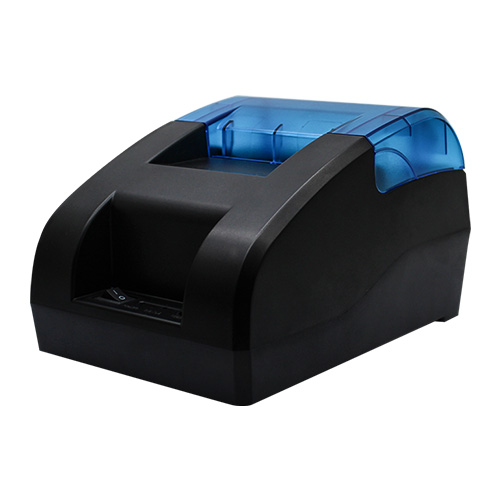Time:2025.05.06Browse:1

Commercial thermal printers are specialized printing devices tailored to meet the demanding requirements of various business sectors. These printers are built to handle high - volume printing tasks, operate continuously for extended periods, and maintain consistent print quality under heavy usage.
One of the key features of commercial thermal printers is their durability. They are constructed with robust materials and components to withstand the rigors of a commercial environment. The printer mechanisms are designed to endure frequent paper loading and unloading, as well as continuous operation without breaking down easily. This durability ensures that businesses can rely on these printers for long - term use, reducing the need for frequent replacements and minimizing downtime.
In the retail industry, commercial thermal printers are widely used for printing receipts. They can print high - speed, clear, and legible receipts, which are essential for customer transactions. These printers often support multiple languages and can be customized to include the store's logo, contact information, and promotional messages. Some models are also equipped with features like automatic cutter blades, which neatly cut the printed receipts, providing a professional and convenient customer experience.
In the hospitality sector, commercial thermal printers play a crucial role in the kitchen and front - of - house operations. Kitchen printers are used to print out order tickets, ensuring that chefs receive accurate and timely information about customer orders. These printers need to be able to withstand the heat, humidity, and grease - filled environment of a kitchen. They are often designed with sealed casings to prevent the ingress of contaminants and have high - contrast printing to ensure that the order details are clearly visible even in a busy kitchen.
Commercial thermal printers also offer advanced connectivity options. They can be integrated with point - of - sale (POS) systems, inventory management software, and other business applications. This integration allows for seamless data transfer, enabling businesses to automate their printing processes. For example, when a customer makes a purchase at a retail store, the POS system can automatically send the order details to the thermal printer, which then prints out the receipt and updates the inventory records simultaneously.
Read recommendations: